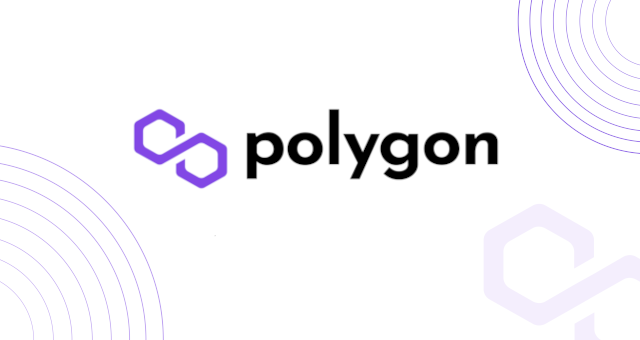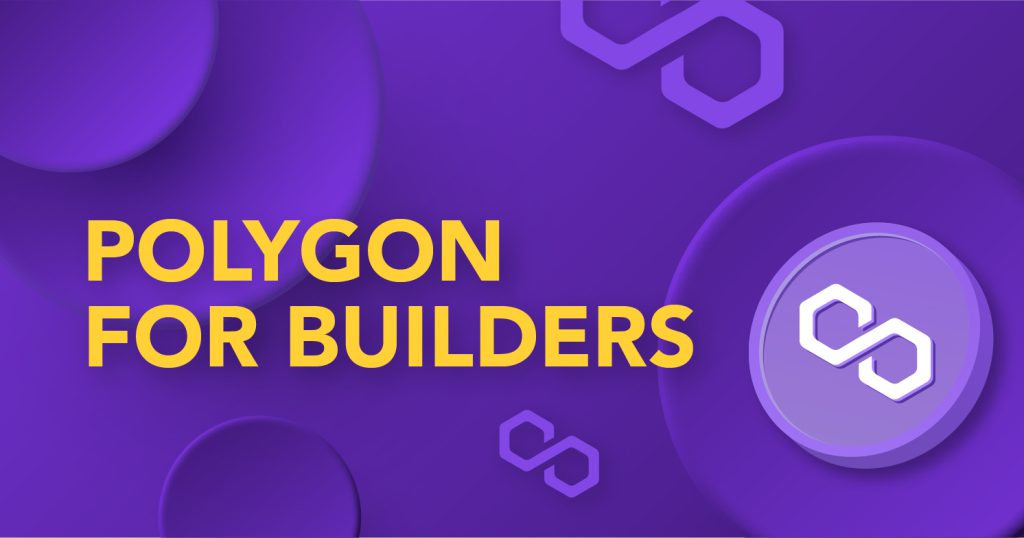
Polygon, previously known as Matic, is an Ethereum layer 2 scaling solution. The scaling solution aims to improve transaction speed and lower gas fees by reducing complex transactions on the blockchain. The growing popularity of the Ethereum network has caused the network to be congested and expensive to use.
Polygon is able to provide faster transactions at a lower cost. It acts as a parallel blockchain that runs alongside Ethereum that utilises sidechains for off-chain computation.
It uses the energy-efficient Proof-of-Stake (PoS) consensus mechanism that optimizes for scalability and decentralisation. Unlike Proof-of-Work which relies on miners for verification, PoS uses node validators to verify block transactions.
Launched in late 2017, it is one of the most successful layer 2 solutions in the market. The polygon mainnet features an EVM-compatible plasma chain that allows easy bridging of assets from the Ethereum network.
Besides that, it also supports all the existing Ethereum-based protocols along with faster and cheaper transactions.
MATIC is an ERC-20 token and the native token of the Polygon blockchain. It serves as a utility token for Polygon, and it is also used to power the network.
Key features & highlights:
Low transaction fee: Polygon’s transaction fee is consistently low. On average, the transaction fee is around US$0.002
High TPS: Polygon is capable of processing up to 7,000 TPS on a single sidechain. The average block processing time is 2.1 seconds.







